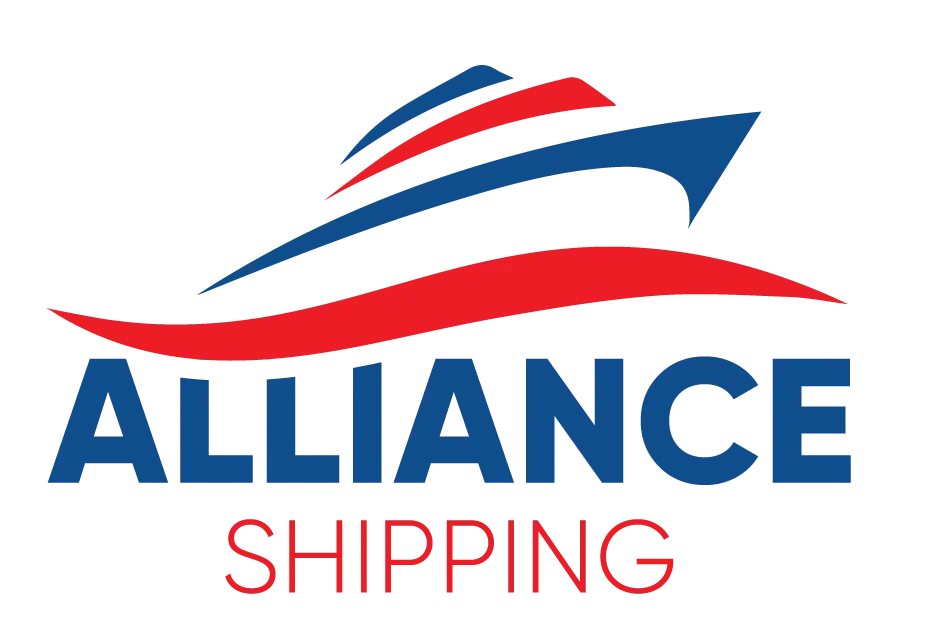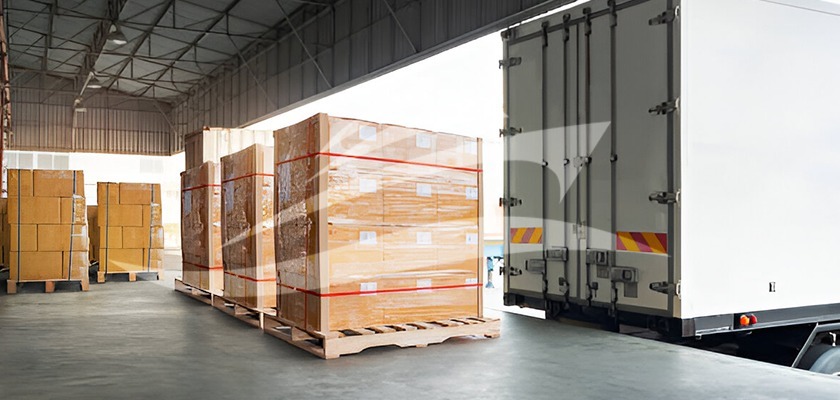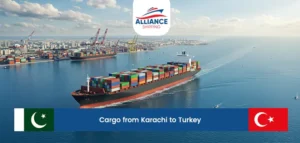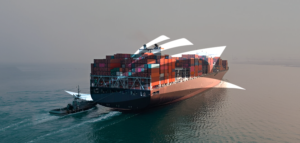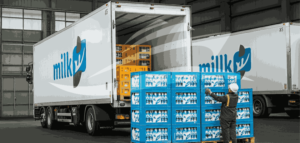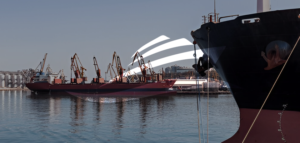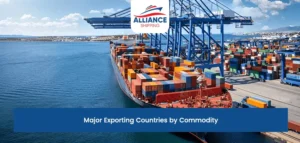Consumer goods shipping is a vital component of the global economy since it involves the transportation of consumer products including packaged foods and household goods etc. The adequate shipping concept is critical to every consumer goods firm since it facilitates the delivery of products in response to demand. At Alliance Shipping we understand that the shipment of consumer goods comes with its own set of specific needs. This blog explains what consumer goods are, common challenges, and many more.
Understanding Consumer Goods
Consumer goods are the basic necessities, the fast-moving consumer items which are required by every household on a daily basis. This sector has major importance in the economy as it makes trillions of revenues worldwide and is a significant component of total retail. Consumer goods can be broadly divided into numerous products, perishable and staple goods. At Alliance Shipping we understand the challenges that come with moving consumer goods and are capable of handling all shipments to ensure the goods arrive undamaged in the right condition.
Common Challenges in Consumer Goods Shipping
Shipping consumer goods is not without obstacles. Here’s a look at some of the primary challenges:
On-Time Delivery: As with all foods, there is a proper time and place for consumption and hence being on time is of utmost importance. Delays arising from traffic congestion and poorly choreographed transportation routes, as well as route disruptions, prevent timely delivery.
Capacity Constraints: The demand for consumer goods fluctuates, particularly during holidays and peak seasons. Maintaining sufficient transport capacity is essential to avoid delays. By leveraging our expansive fleet and storage options, we maintain flexibility and adjust capacity to meet peak demand without compromising efficiency.
Cost Management: Rising fuel prices, demand shifts, and limited carrier options contribute to escalating shipping costs. At Alliance Shipping, we deploy cost-effective strategies such as load sharing and consolidated shipping to keep expenses under control.
Regulatory Compliance: Strict regulations around the safety standards for different types of consumer goods require constant vigilance. Non-compliance can result in hefty fines and delays. We prioritize regulatory adherence, utilizing barcode tracking and transparent inventory systems to streamline compliance.
Essential Consumer Goods Shipping Strategies
To overcome these challenges, Alliance Shipping has developed a suite of strategies tailored to the demands of CPG shipping:
Solid Shipping Strategies: In cooperation with clients, our team works on setting up the shipping schedule and estimating and preparing for potential increased volumetric rates in the process of their activity. Taking all these measures is crucial in ensuring that we meet our policy on reliability and consistency.
Temperature-Controlled Shipping: In the case of perishable products, temperature should be strictly observed, especially for the specific product to meet the best quality criteria for consumption. Alliance Shipping operates a reefer fleet that guarantees temperature-sensitive cargo arrives fresh.
Shipping Modes and Choosing the Right Option
Shipping consumer goods requires selecting the right mode based on product type, timing, and budget. Here’s how we break down these options at Alliance Shipping:
- Full Truckload (FTL) Shipping: Full trailer loads do not necessarily have to transit ahead of delivery and thus have a low chance of damage. Our FTL service is suited for those shipments which are large or need to be shipped urgently on a direct line.
- Less-than-Truckload (LTL) Shipping: LTL is advantageous for small consignments as it shares the carrying space with other products and works out less costly. While slightly longer in transit, this option reduces costs and is ideal for lower-urgency shipments.
- Refrigerated Shipping (Reefer): Essential for perishables, reefer shipping keeps products within safe temperature ranges from origin to destination.
- Hybrid Models: Alliance Shipping provides tailored shipping options, mixing FTL and LTL as needed based on seasonality, product demand, and client budget.
Staying Ahead: Trends in Consumer Goods Shipping
Alliance Shipping is committed to staying at the forefront of consumer goods logistics by integrating cutting-edge trends:
Digital Transformation: Some of our digital solutions include a real-time tracking system and a predictive system for better capability and effectiveness.
Sustainable Practices: Fuel-efficient routes, carbon offsets, and even minimal waste in cargo are incorporated to ensure we cut down our impact on the environment as much as possible.
Customer-Centric Shipping: Package tracking is the most common feature that modern consumers expect. Alliance Shipping offers digital interfaces that allow end-users to follow their deliveries, creating transparency and boosting satisfaction.
Conclusion
Perhaps now, more than ever, consumer goods shipping depends on logistics to be timely, accurate and efficient. At Alliance Shipping we work hard to come up with solutions for our clients’ consumer goods shipping needs. It’s time that we’re among the most reliable shipping companies which are focusing on the ultimate beneficiary – the customer. For anyone who is seeking to optimise its supply chain, cut costs on its supply and deliver consumer goods with precision then Alliance Shipping is the solution that they need.
